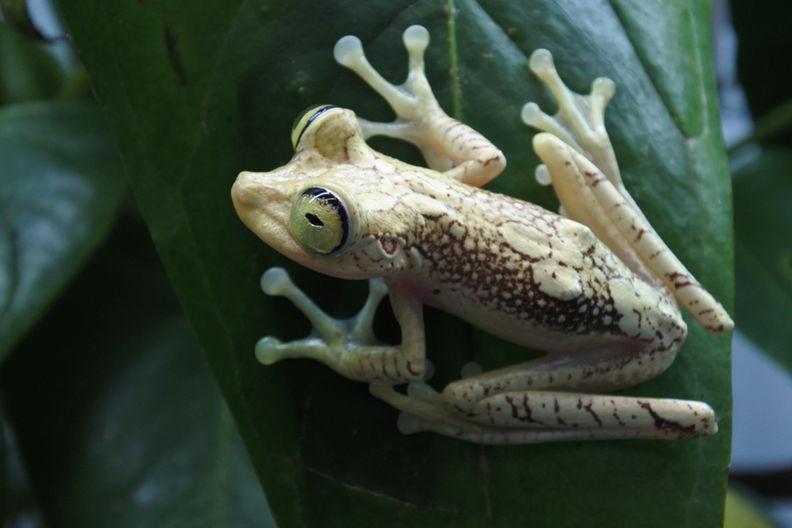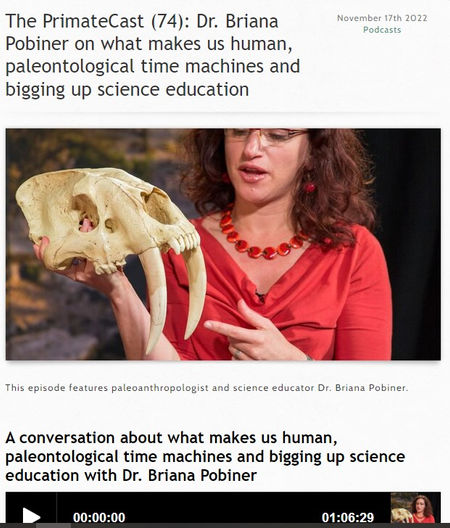
Doctoral Student:
Katherine (Kasia) Majewski
Professional Background
Current Research: YakuTan & OkiTan
Yakushima is a culturally and biologically diverse island located off the coast of Kyushu in Southern Japan. One fifth of the island has been designated a UNESCO World Heritage Site and Biosphere Reserve. While it is only 500km in diameter, the sharply rising mountains reach altitudes of 2000 meters, resulting in a broad gradient of ecosystems from the sandy beaches and coastal forests, to the rainy cedar and moss forests at higher altitudes. Many of the species and subspecies of plants and animals on the island are considered endemic to the island. Unlike mainland Japan, this unique habitat never hosted any large carnivore species such as wolves, badgers, bears or foxes. The largest native carnivore on the island is the endemic subspecies of Japanese weasel, Mustela itatsi sho.
Tanuki, or raccoon dogs (Nyctereutes procyonoides), are thought to have been introduced to the island in the 1980's. They are an omnivorous, opportunistic predator with a high level of adaptability to new environments and a high reproductive potential. They are endemic to mainland Japan, and have cultural significance as they are at the centre of many cultural beliefs and folklore. However, on Yakushima their invasive population remains understudied.
Chiburjima is part of the Oki Dozen Archipelago of Islands in the Sea of Japan, part of Shimane Prefecture. They are a designated UNESCO Geopark with unique cultural practices and geological features. To date, Chiburijima is the only island in the chain where tanuki have been identified as invasive, and were introduced in the 1940's.
Research Goals:
1. Population: approximating the raccoon dog population size, destribution and habitat preferences.
2. Predation: creating a dietary profile for raccoon dogs with a focus on endemic and endangered species, as well as identifying dietary overlap between raccoon dogs and native carnivores.
3. Parasites: defining the parasites associated with raccoon dogs, and how they may be amplified/spread within their populations, affecting the native endemic weasels on the island. My specific interest lies with studying trematodes found in raccoon dogs in Yakushima.
Methodology:
1. GPS Collaring: we are currently undertaking a trapping program to trap live tanuki for sampling, and for GPS collaring individuals to assess their home range size and habitat use.
2. Drone Survey: using a drone mounted thermal imaging camera to identify raccoon dogs on the landscape for population analysis.
3. Genetic Analysis: using species specific primers, I am investigating the dietary profile of raccoon dogs as well as assessing the presence/prevalence of trematode infections.
Past Research & Work Experience: From Blizzards to Lizards
The Blizzards: I graduated from the Environmental Biology program from the University of Saskatchewan in Saskatoon, Canada - my home town - with my honours project focusing on benthic macroinvertebrates in the Prairie Pothole Region. Following my graduation, I moved on to Vancouver Aquarium, where I worked as an aquarist with Indo-Pacific corals and fishes, and Central and South American reptiles and amphibians, but the dream was to research abroad in Borneo...
The Lizards: In 2016, after a year abroad in Japan with the JET Programme, I moved to Cardiff in Wales to begin my Masters of Research with a focus on the diet of the Asian water monitor lizard, an opportunistic hunter and scavenger, in Malaysian Borneo. My project was supervised by Professor Benoit Goossens and I also worked closely the Sergio Guerrero-Sanchez who was undertaking monitor lizard research as part of his PhD. I spent 6 months at Danau Girang Field Centre, an off-grid field site on the mighty Kinabatangan River in Borneo.
The Museum: After completing my masters degree, I moved to Manchester England to work as an Assistant Curator for the Vivarium collection of rare and endangered Central and South American amphibians. While there, I had the honour of working on an exchange project between Manchester Museum and herpetologists at Vienna Zoo focusing on endangered species of Bornean stream toads.
Outreach:
I love what I do, and over the course of the last ten years I have been gifted many professional opportunities to talk about my work. Check out the photo reel above or descriptions below for links to some of my favourite projects. I hope that in sharing my experience I can help others realize their aspirations and goals of being able to join and contribute to the scientific community, or citizen science projects.
Some of my favourite projects from the last few years have included:
-
Inspired by Nature: a community engagement project for inner city children in Manchester
-
Frog Fridays from Manchester Museum: a pandemic passion project from Manchester Museum
-
Exploring by The Seat of Your Pants: sharing the story of my non-linear career and the rewarding experience of finding your own way to follow your dreams on this online classroom platform
-
Friends of the Carp Hills: a webinar series for my local conservation group in Ottawa, Ontario
-
Story Collider: sometimes finding a 4 meter long reticulated python is harder than you'd think - I had the opportunity to share one of my field work stories on the Story Collider podcast
-
As well as countless afterhours events and classroom visits to talk about local wildlife, careers in STEM, and what it's like to chase animals different sizes all around the world.
I think it's important for scientists to connect with their local and international public to promote scientific discovery, career development, and public interest in our natural world. I am always enthusiastic about joining science communication and engagement events, so please do not hesitate to contact me if I could make a contribution to an upcoming event.



































